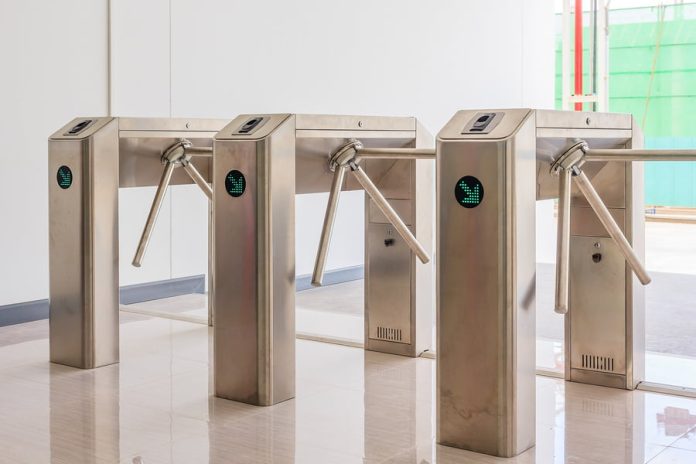WHAT does the current slew of networkable electronic security solutions offer security managers? Sometimes it seems that technology has a way of blinding end users to the operational demands of their sites.
How many security managers regularly assess their security solutions in detail, considering overall capabilities and trying to ascertain exactly what it is these systems were designed to achieve and whether they are still achieving those tasks?
Many security managers would not go to the trouble of regularly meshing security systems and the procedures handbook. Instead, after the initial excitement is over, electronic security systems become another sub system of a company’s overall infrastructure, with ongoing management neglected, contracted out to the disinterested or handed to overworked staff who reside under a pile of other responsibilities.
For instance, access control systems are often managed by staff in the mailroom or in the human resources department and comprehensive reporting functions are rarely or never used. Cards are cancelled when lost, but because mailroom staff are busy, this process may take hours or days to carry out.
It’s worse with video surveillance. In too many cases cameras are not regularly monitored, recordings are rarely viewed and when they are, the recordings are not managed properly carefully enough. Some recordings are lost and others wind up sitting in the downloads folder of the work laptops of staff too busy to see.
Alarm systems are also abused. After alarms have been activated, staff will ignore the fact fire stairs and side entry points are alarmed and they’ll use these doors for egress. Sit behind the console of a monitoring station at 5pm in the afternoon and you can see dozens of alarm systems being ignored by the staff they serve. Still more staff will return to an area in the afternoon without turning off alarms, leaving the system and the monitoring station in a turmoil of false alarm events.
As Luke Percy-Dove points out in our feature Defending High Security Applications in SEN’s March issue, it’s impossible to avoid including manpower response as a key layer of site defence. Security managers need to look at manpower response as a meaningful extension of an electronic security platform, not an unplanned imposition which sees nervous junior managers responding to alarm events in the middle of the night wearing pyjamas.
The arrival of security officers at a facility post-event represents your security system’s reaction to a security breach, so make sure you get the closest and best response team you can and make sure response time is fast. Trip an alarm every few months during and after hours – pay the few hundred dollars for the response – let patrol teams discover the entrance to your site so they can do it again under pressure, when a real intrusion occurs.
A simple truth is this. Electronic security systems don’t protect facilities in the way walls and gates do. If an intruder wants to get into a facility that’s not supported by physical security and does not care if this action is detected, then a breach will occur. Make no mistake, if you install access readers, cameras and an alarm system your facility will not be secure.
Instead these electronic security systems will alert, verify and record an intrusion event allowing a managed response. And given that electronic security systems are management tools, not a form of actual physical protection, mismanaging these tools means every cent you’ve spent on them has been wasted.
It’s vital when planning electronic security measures to spend only on those items that will actually give you what you want. Spend on systems that will be respected and used properly by staff. Systems should be installed that can be supported by procedure and in that will continue to be employed for the function for which they were purchased in 5 years’ time. And when a system is being installed think carefully. Will this system do the required job? Will it be used? How and when? And who will respond to the event notifications the system provides? Can systems be configured for better efficiency? Can systems be integrated for enhanced return on investment?
Choosing electronic security systems is not just a matter of latching onto some vapourware you saw at a trade show or got enthused into buying by an eager sales team. In the mundane ebb and flow of everyday operations, the clever features may never be used. Instead your team will depend on those features that provide fundamental support in the long term, and that deliver the information they need to secure your facility in the simplest and most intuitive way.









